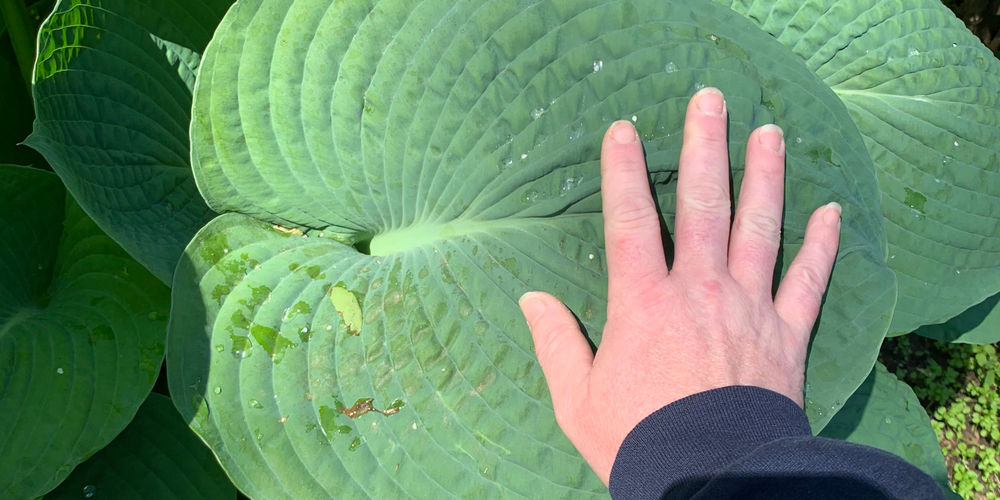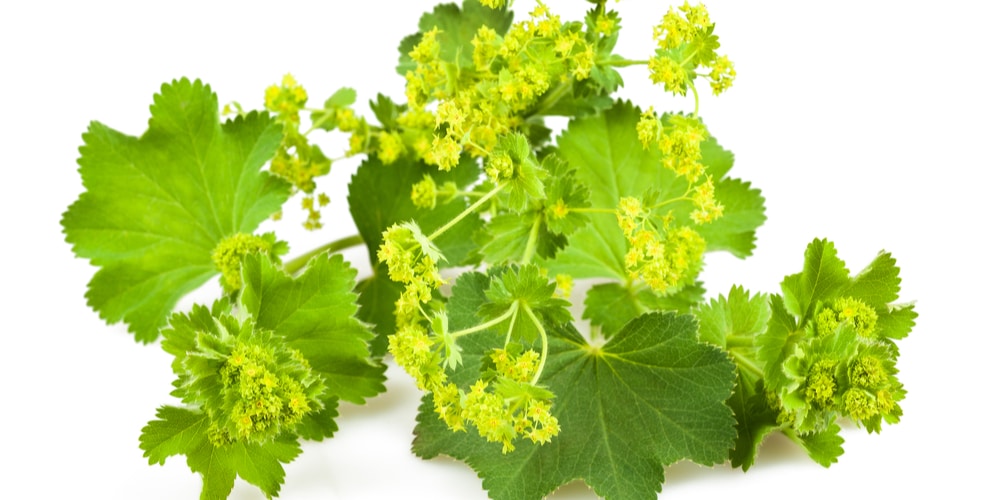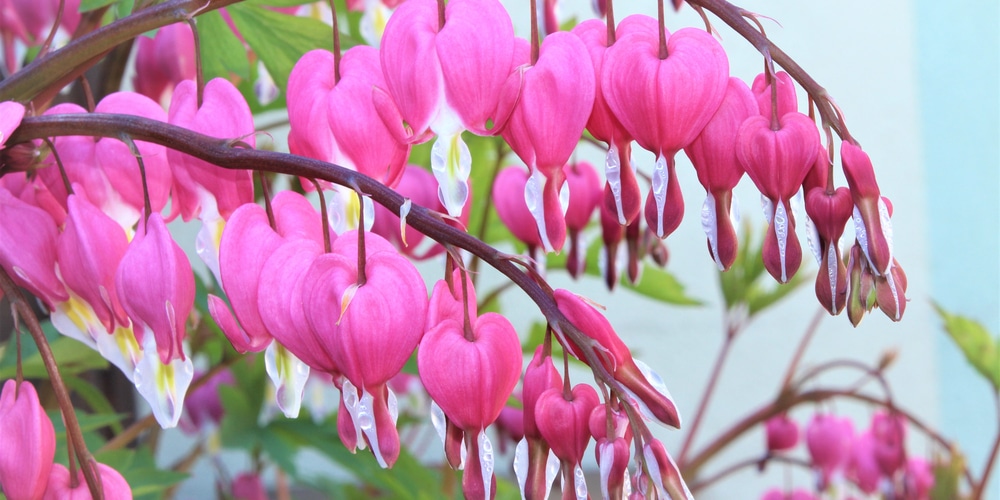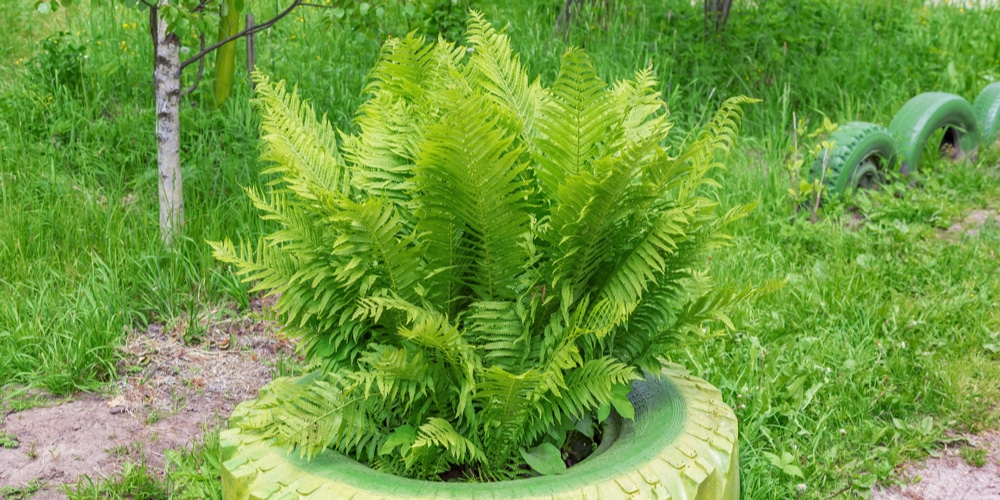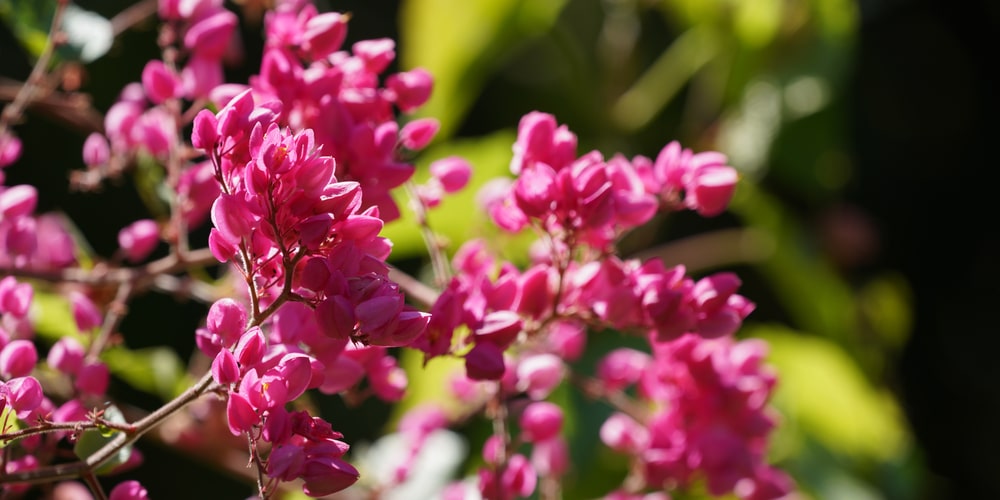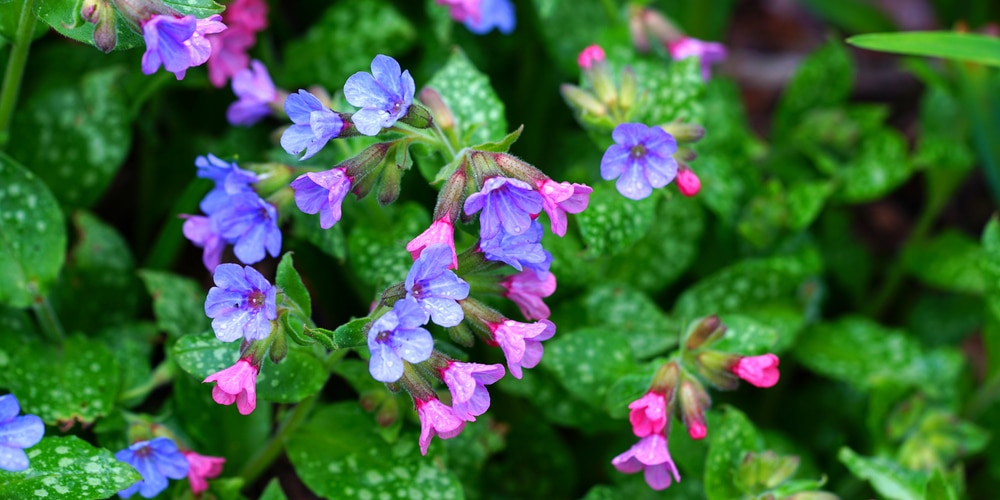If you know something about gardening, you might be familiar with the challenge of finding suitable plants to grow in partial (or full) shade. Hostas are excellent plants for such conditions.
Additionally, they add an elegant touch to any outdoor space: these plants display stunning dense and vibrantly-colored foliage that works excellently for any.
There are several hostas varieties out there, so you’ll have no problems finding one that suits your taste (and needs).
But what if you want to pair hostas with other plants? In essence, what plants go well with hostas? You have landed in the right place to find out! In this essential guide, you’ll get to learn some of our favorite hostas’ companion plants.
Keep in mind that the ideal companions should have similar growing requirements. You can take inspiration from this essential guide, but don’t be afraid to try other combinations!
What plants go well with hostas
Astilbe
If you need a colorful plant to pair with your hosta, you won’t go wrong with astilbe. Despite growing in the shade, these plants produce masses of colorful flowers that will make your garden lively during the spring and the summer.
Like hostas, astilbes need consistent moisture to thrive but won’t stand wet feet. So, make sure you plant them in the well-draining substrate to avoid any issues. Besides that, astilbe is relatively easy to care for, making it ideal even for beginner gardeners.
Lady’s Mantle
Lady’s mantle is an excellent ground cover that doesn’t require much attention. Plus, it performs well around hostas. After all, this plant thrives in environments deprived of sunlight and produces tiny flowers during the spring that will contribute to attracting beneficial pollinators to your garden.
The plant performs best in locations where summers aren’t too hot and needs plenty of moisture to thrive. But if you live in USDA hardiness zones between 3 and 7, you’ll rarely have issues growing Lady’s Mantle, provided that you give it what it needs to thrive.
Bleeding Heart
If you want to add a romantic touch to your garden, consider pairing your hostas with a bleeding heart. These plants thrive in similar conditions and, under the ideal environment, don’t need much attention.
However, you might need to amend your soil to welcome bleeding hearts: these plants perform much better in slightly acidic environments. The best part about these plants is that their gorgeous flowers will last for several weeks. So, you’ll be able to enjoy them for longer than with other plants.
Ferns
If you like your garden to look dense and lush, consider adding ferns as your hosta’s companions. The plants look stunning together: both produce elegant-looking foliage and thrive in similar conditions.
Additionally, their different textures compliment each other well and increase the aesthetic appeal of your garden. Don’t forget to keep the soil constantly moist to keep the two plants healthy.
However, avoid overwatering as both are susceptible to root rot and fungal infections. Consider adding mulch around your plants to increase water retention and improve drainage.
Coral Bells
Other plants that perform excellently around hostas are coral bells. These plants thrive in well-draining and moist soils and do better in partial shade. Indeed, too much sunlight might cause discoloration and burned leaves.
You can find several varieties of Coral Bells, so there are options for every taste! And the best part is that these plants are relatively versatile. They will adapt to various soil and lighting conditions.
You can play with the colors when pairing coral bells with hostas. Be creative: the results will surprise you!
Lungwort
Finally, lungwort is another plant that goes well with hostas. It thrives in moist and well-draining soil and requires very little care once established. The plant produces delicate-looking blooms during the spring and summer, which create an attractive contrast with hostas’ heavy foliage and vertical flowers.
Additionally, these plants will attract plenty of bees, making your garden lively during the flowering season. You can find different varieties of lungwort, producing flowers in different colors. Keep in mind that, under ideal conditions, lungwort might grow dense: you may have to prune it once or twice a year to keep it in an attractive shape.
Don’t forget to remove unhealthy-looking or dead leaves and stalk them after flowering. Doing so will contribute to your plant’s health and longevity.
Related Article: Can Hosta Be Indoor Plants?
